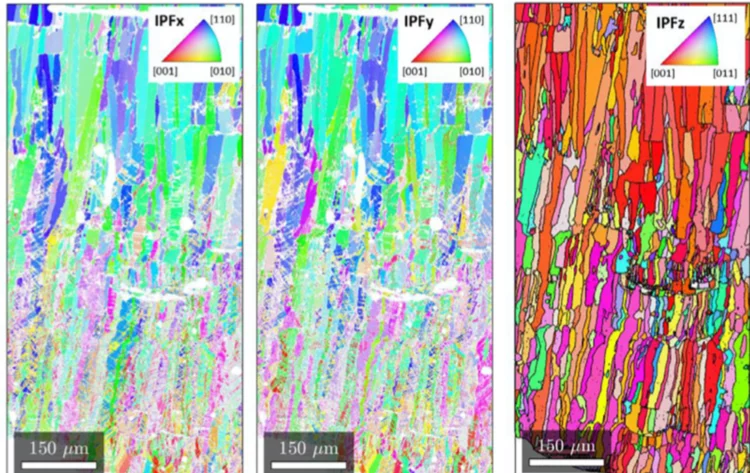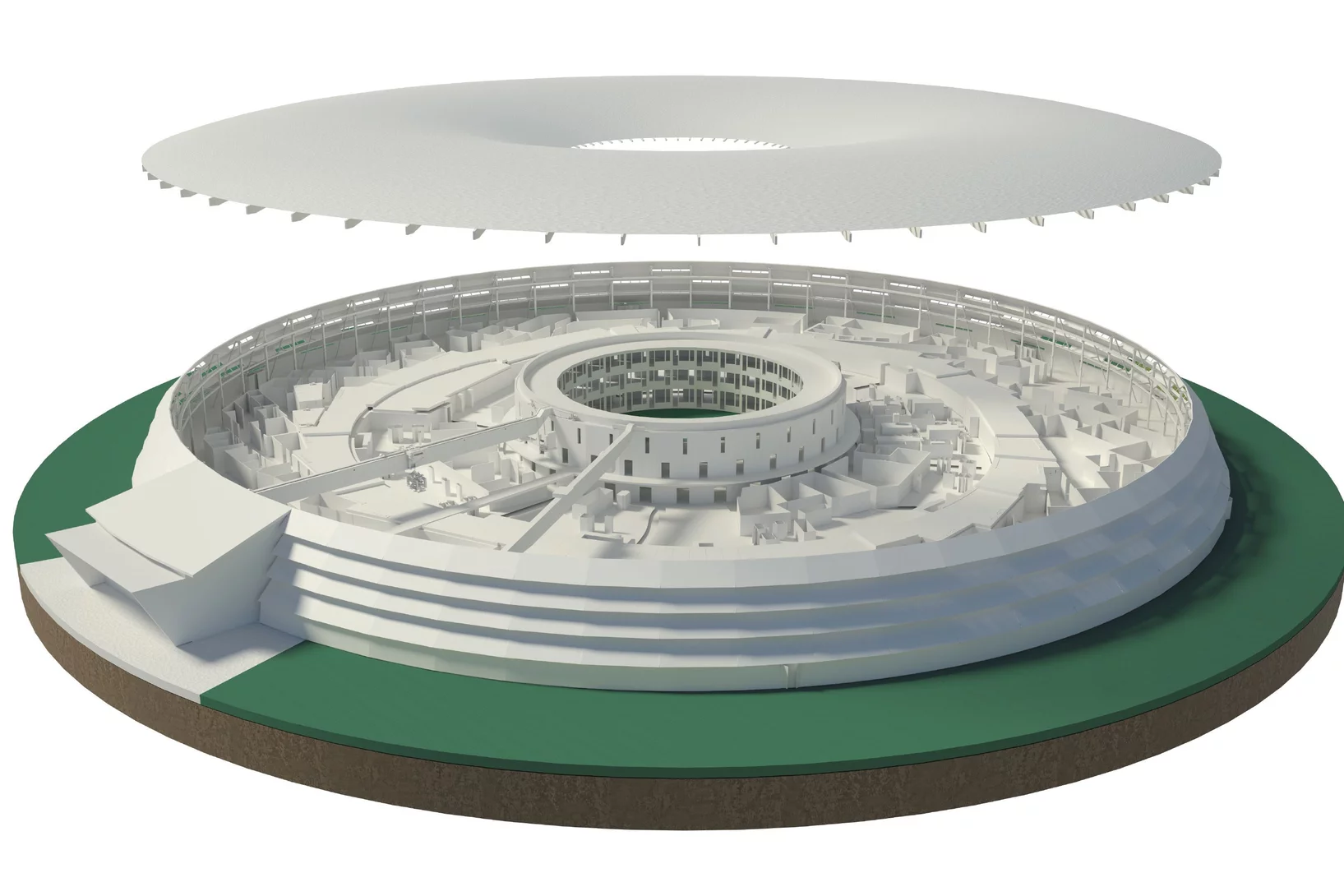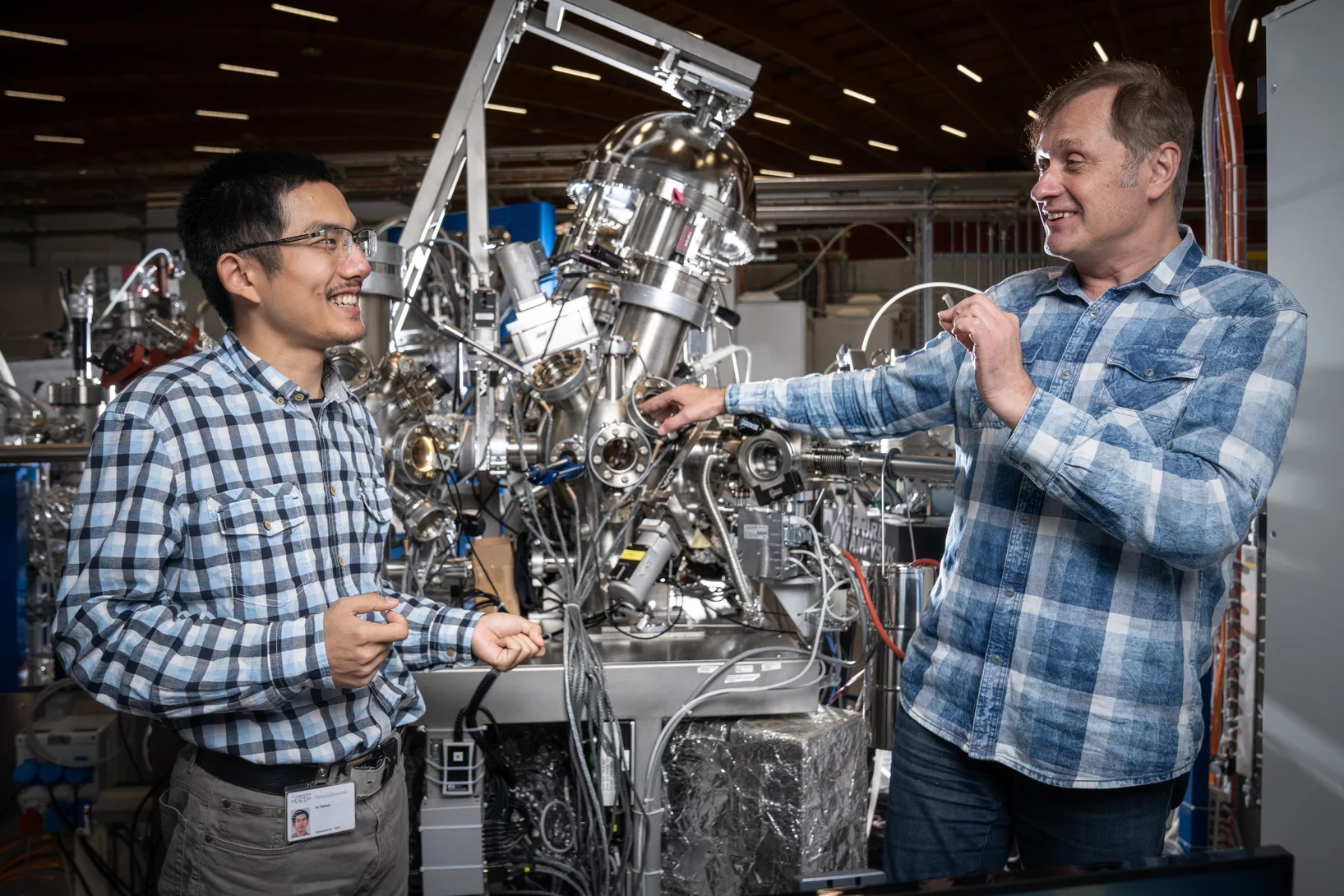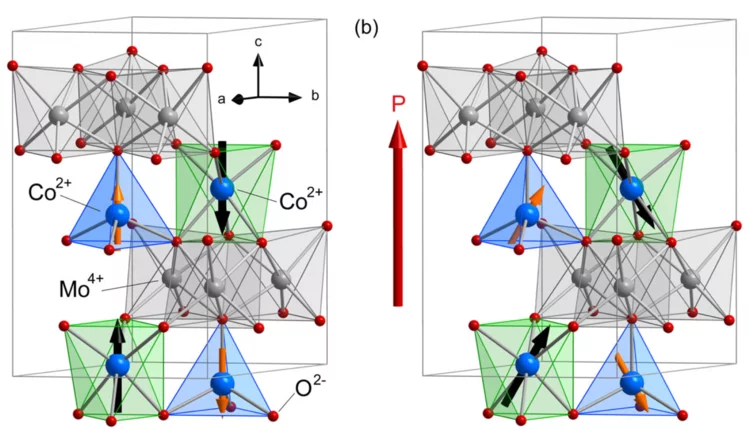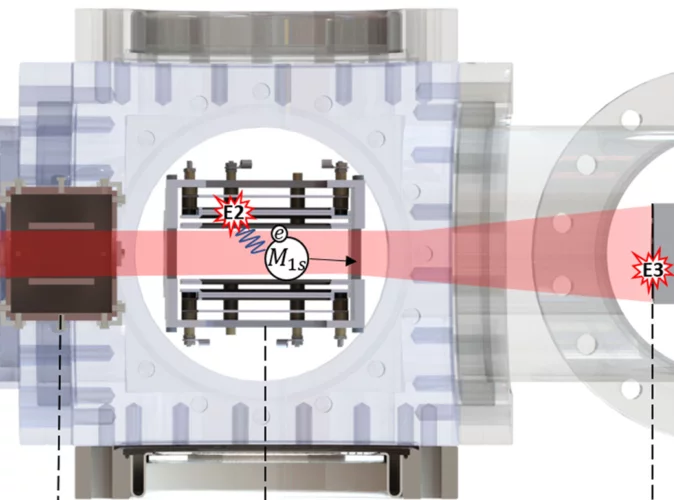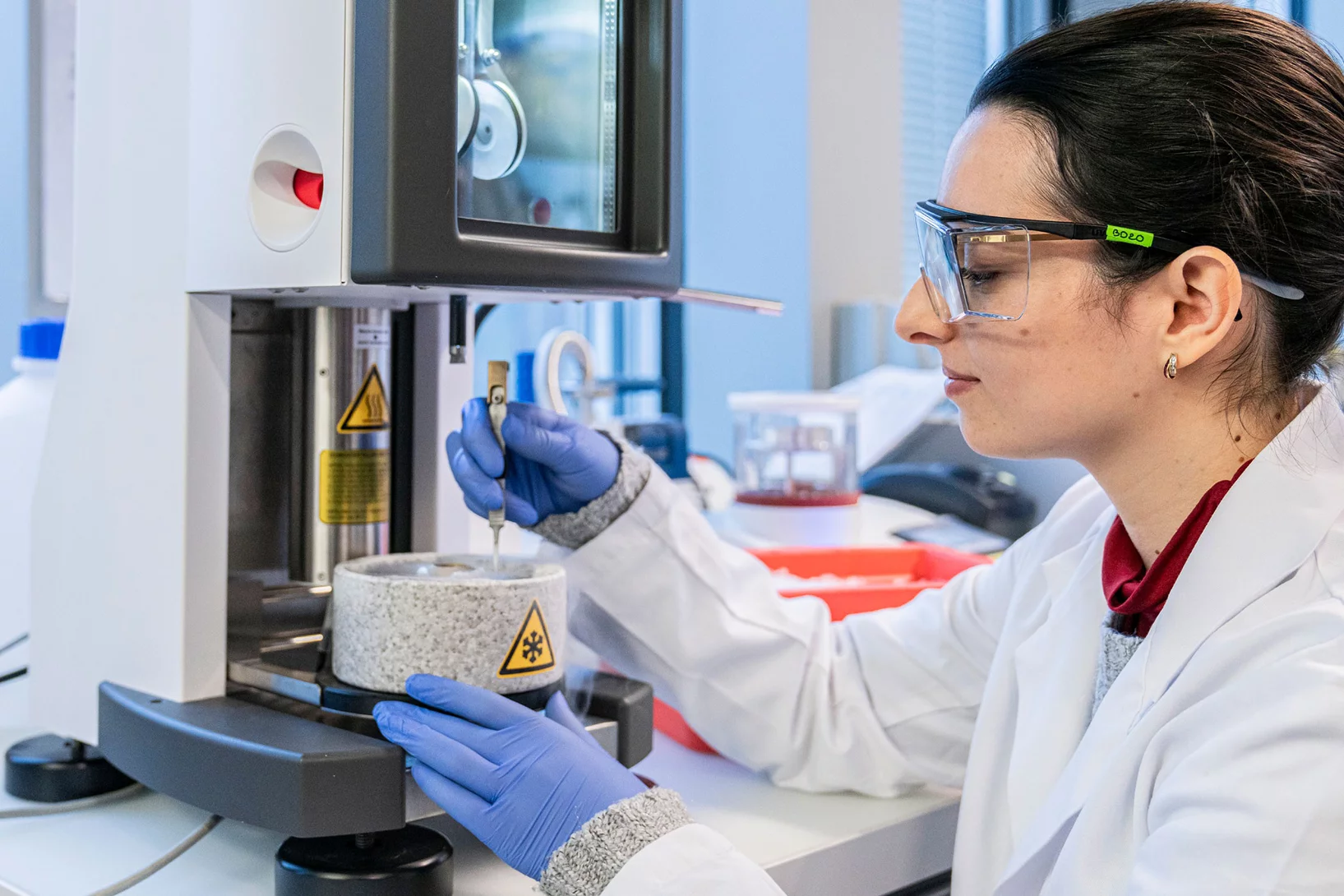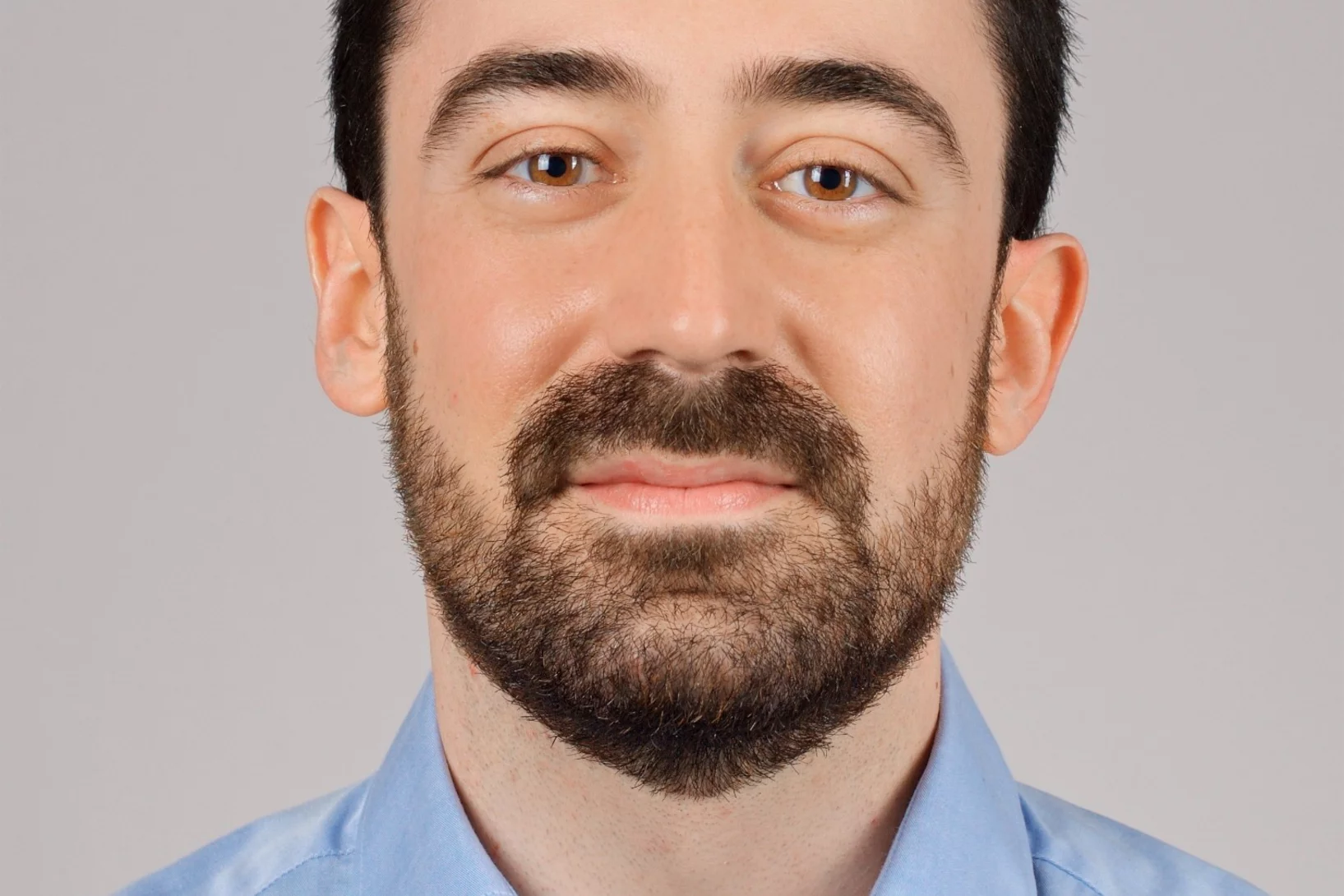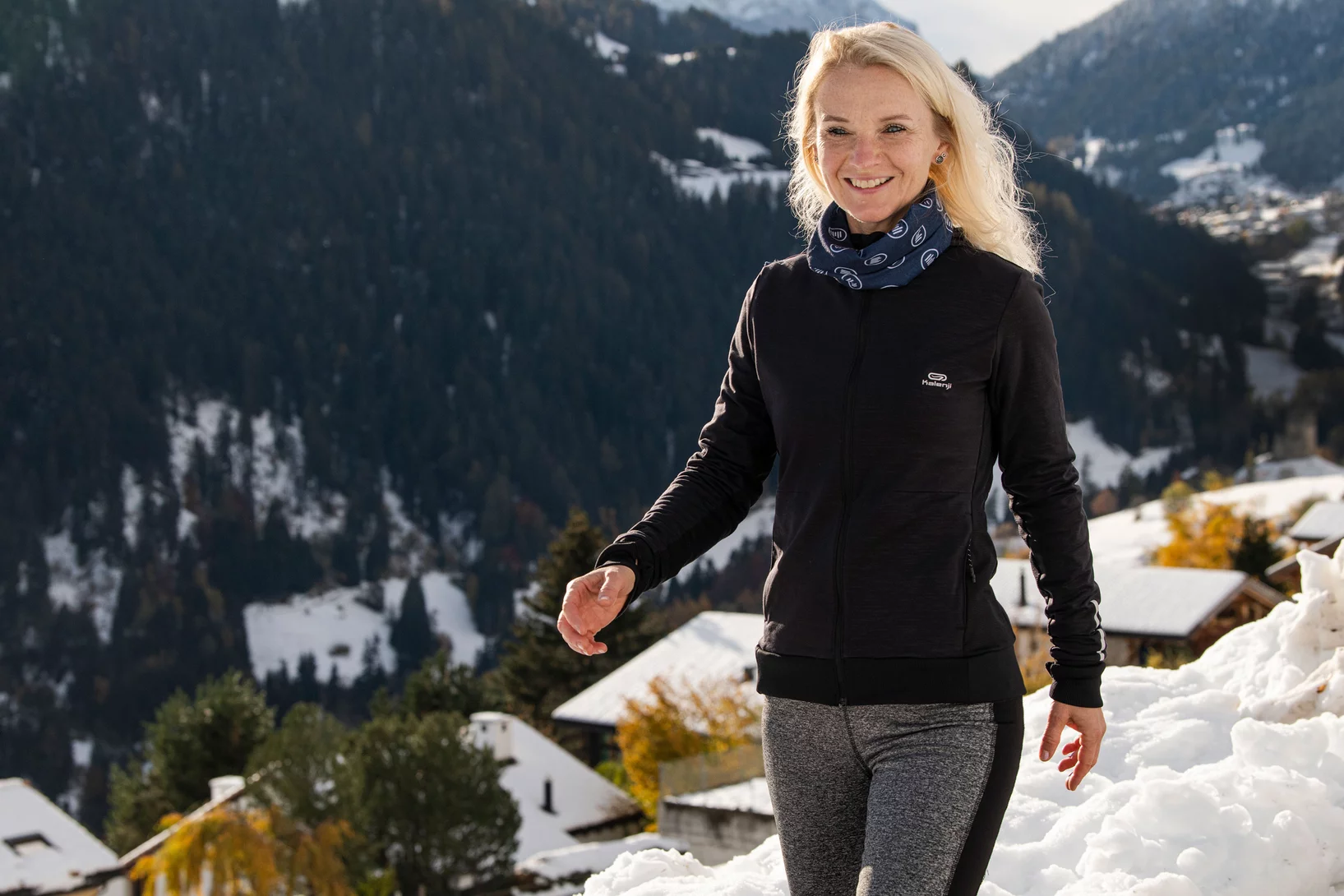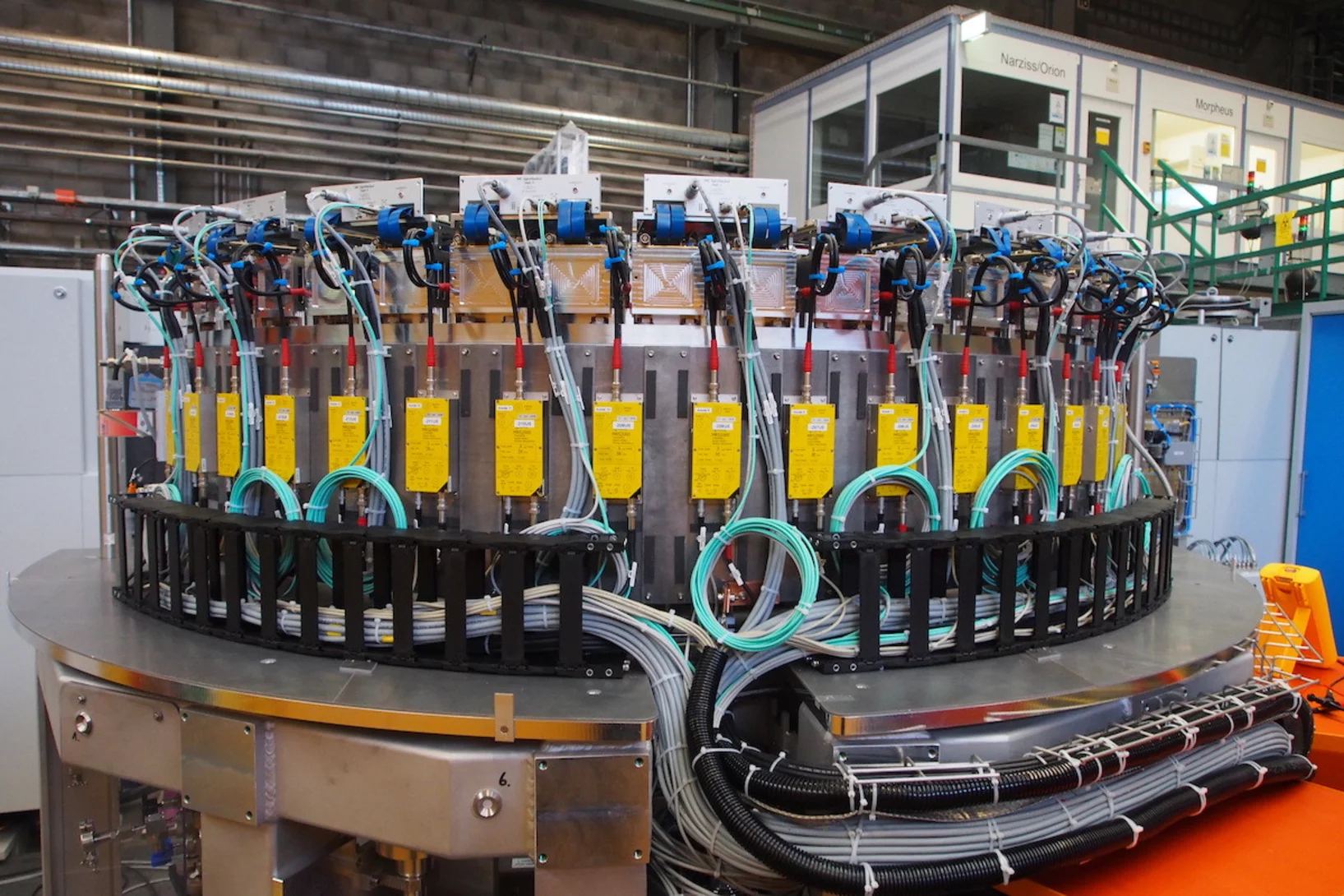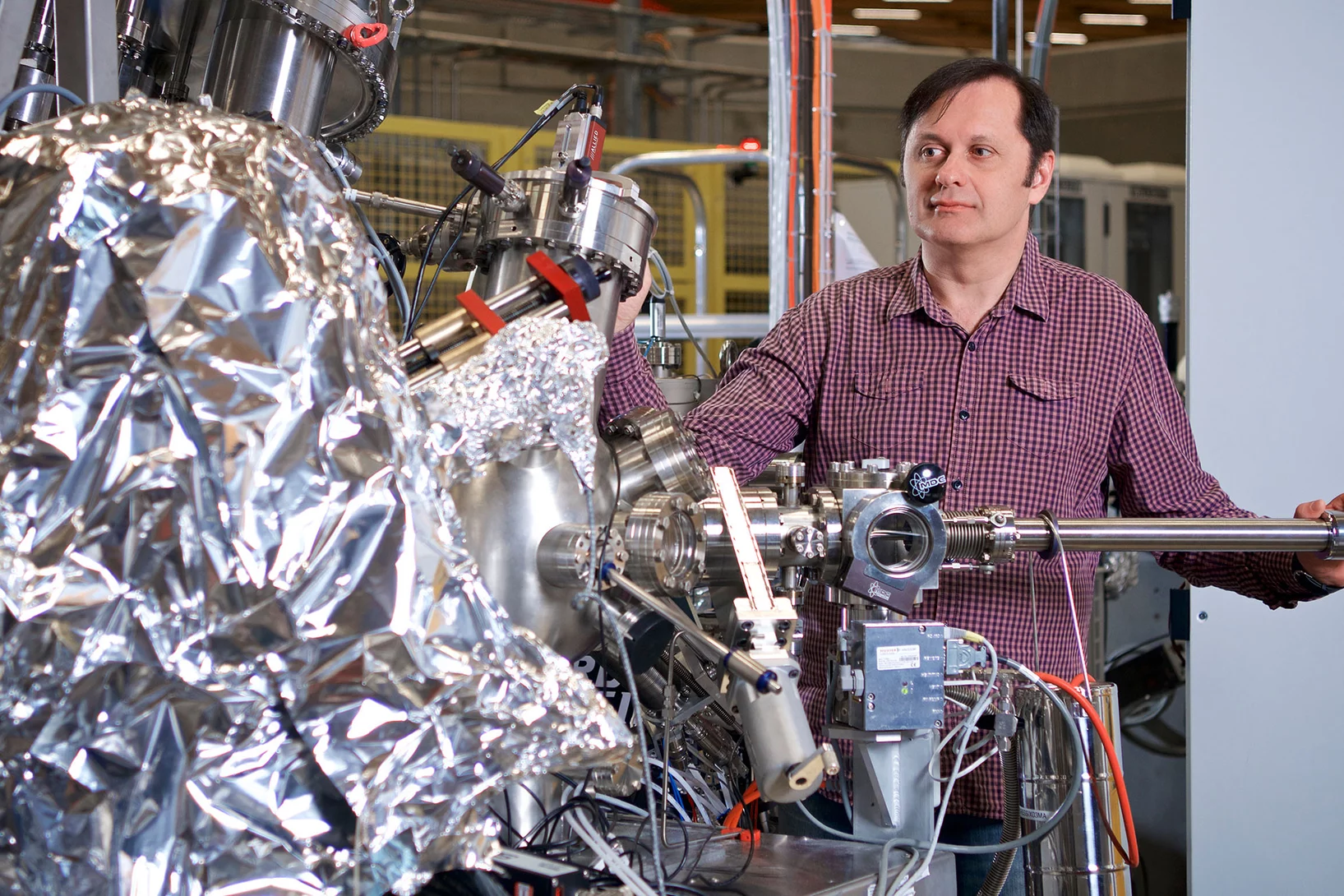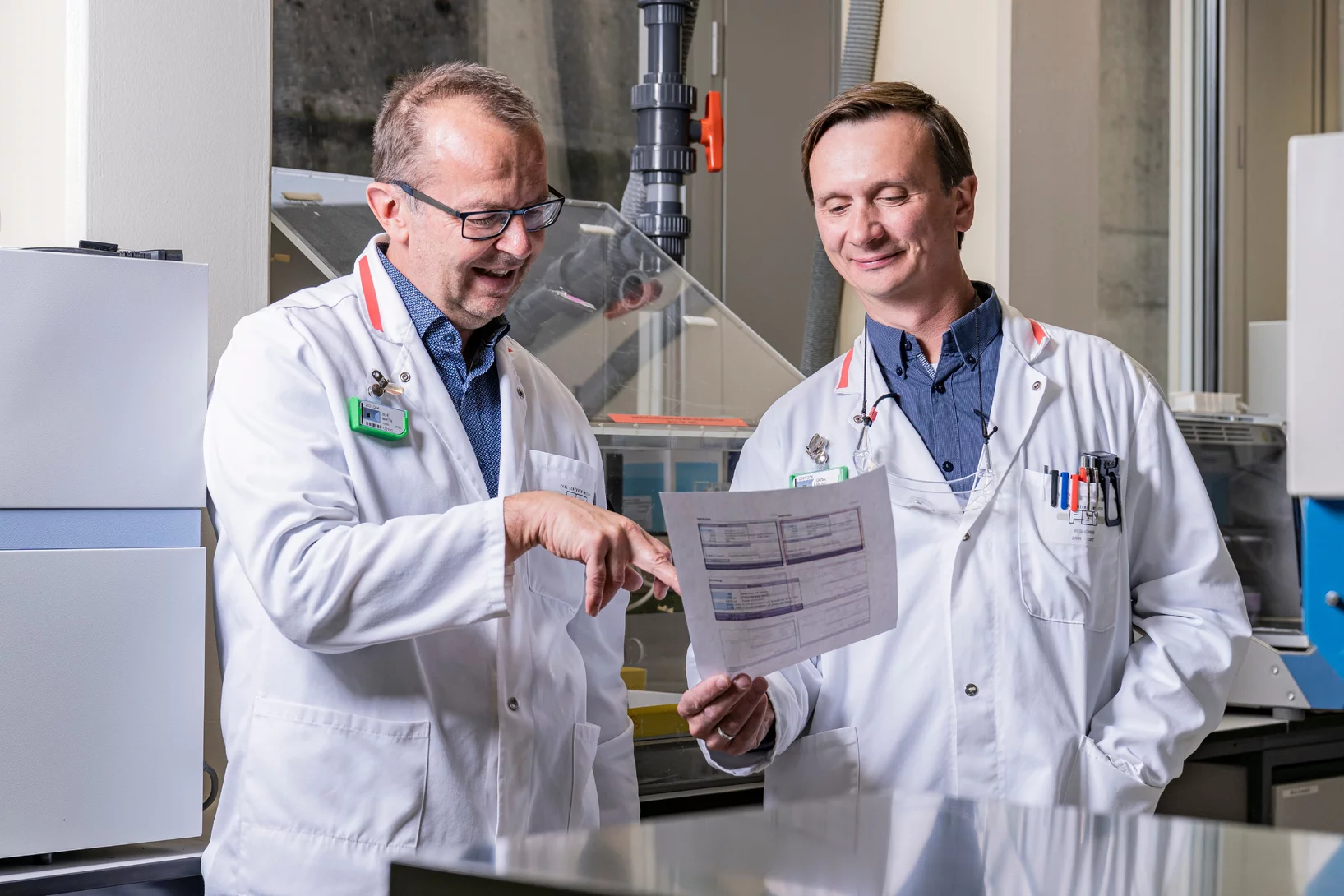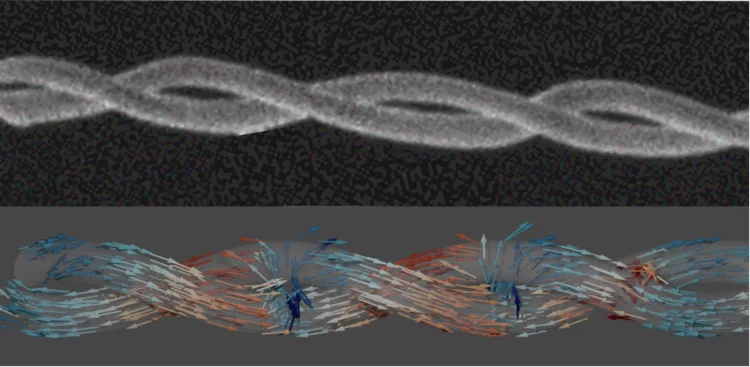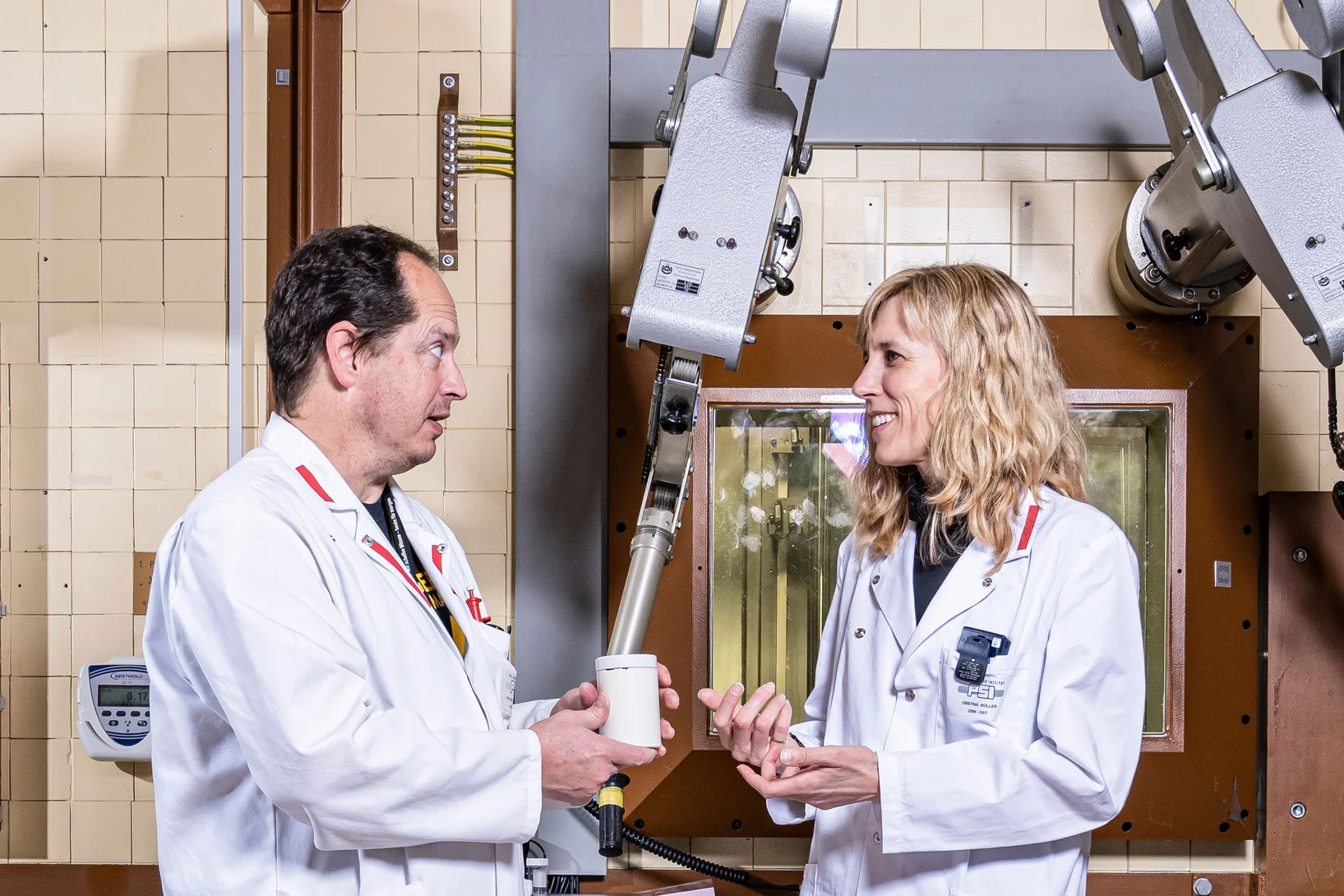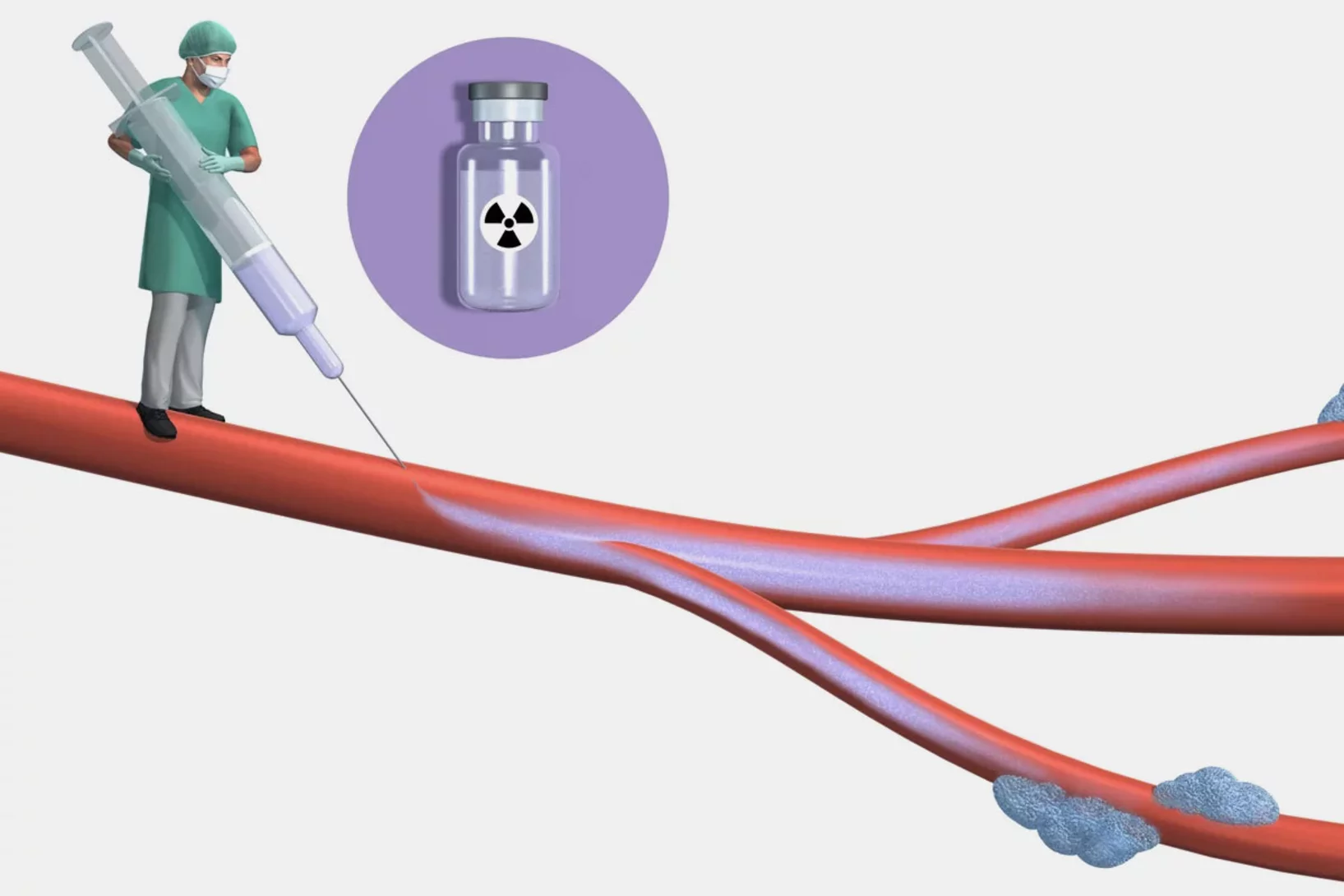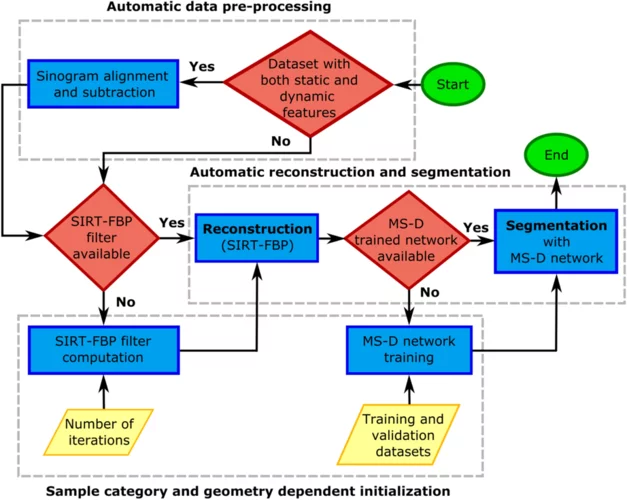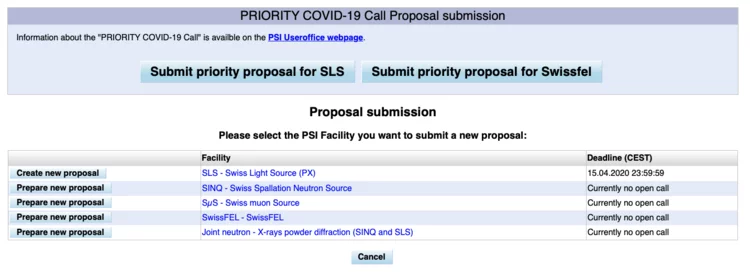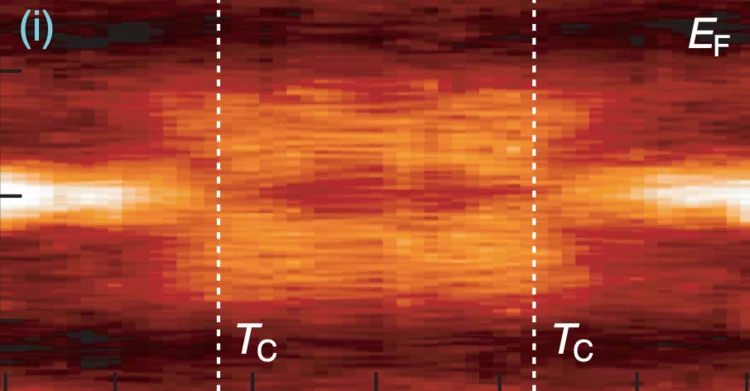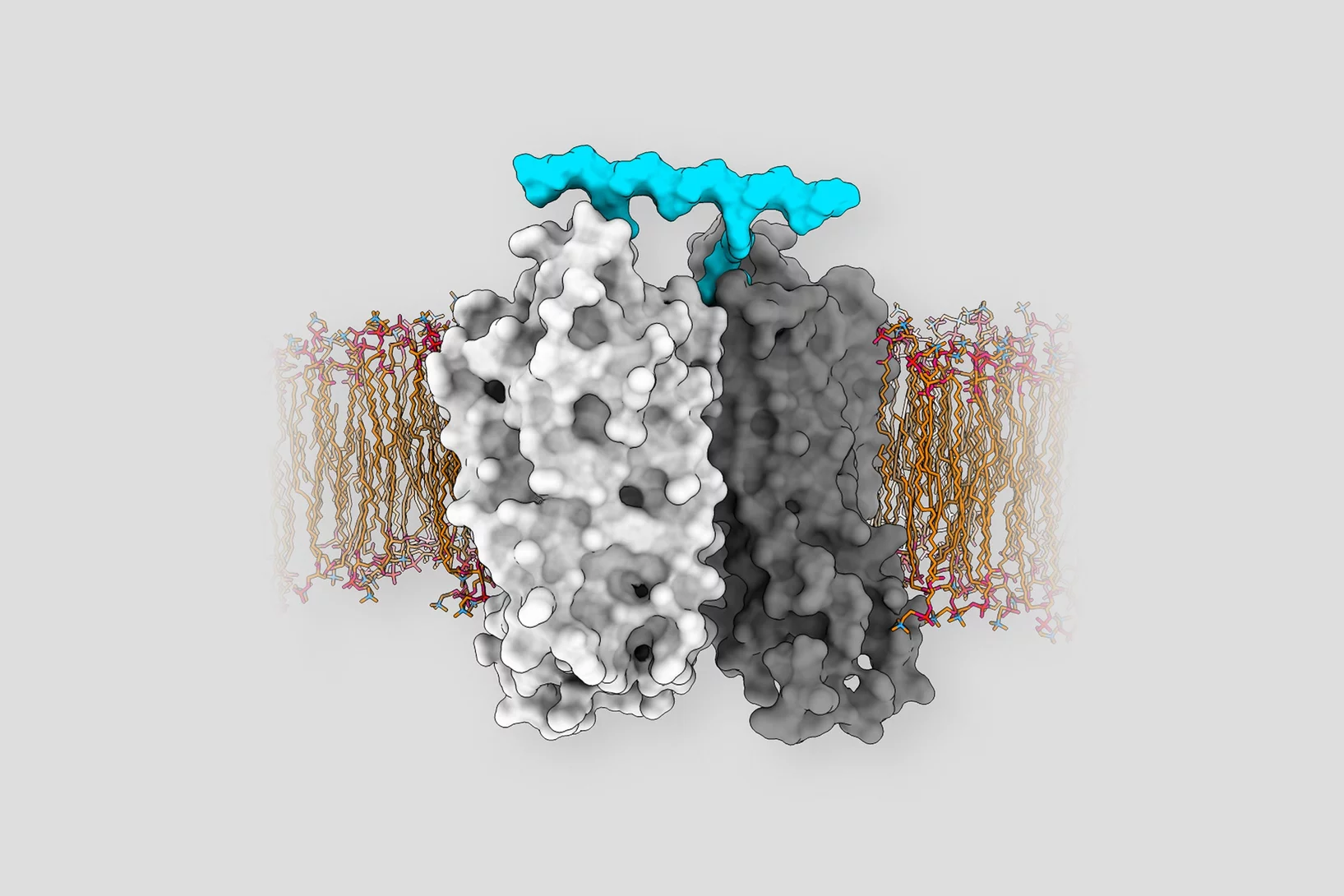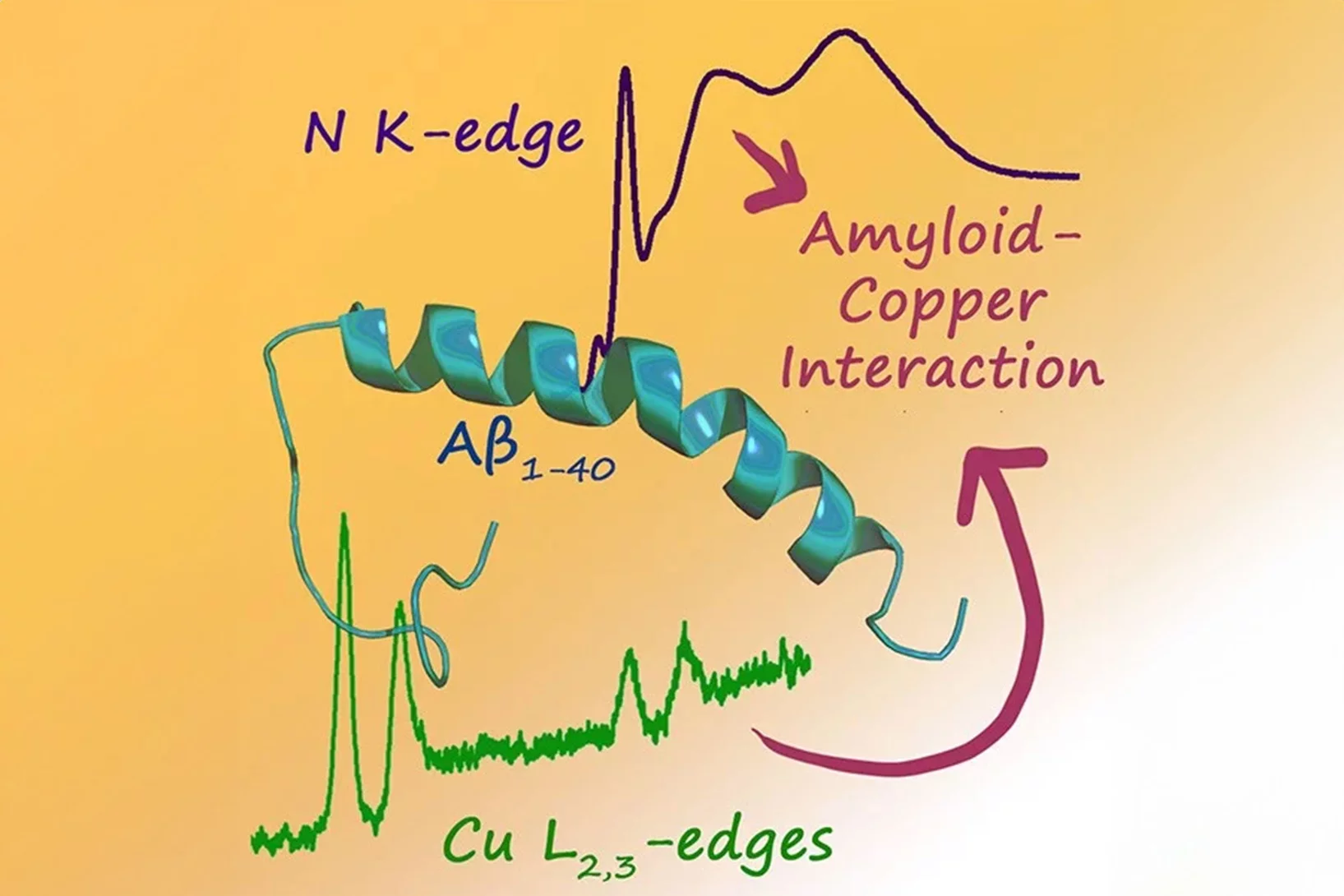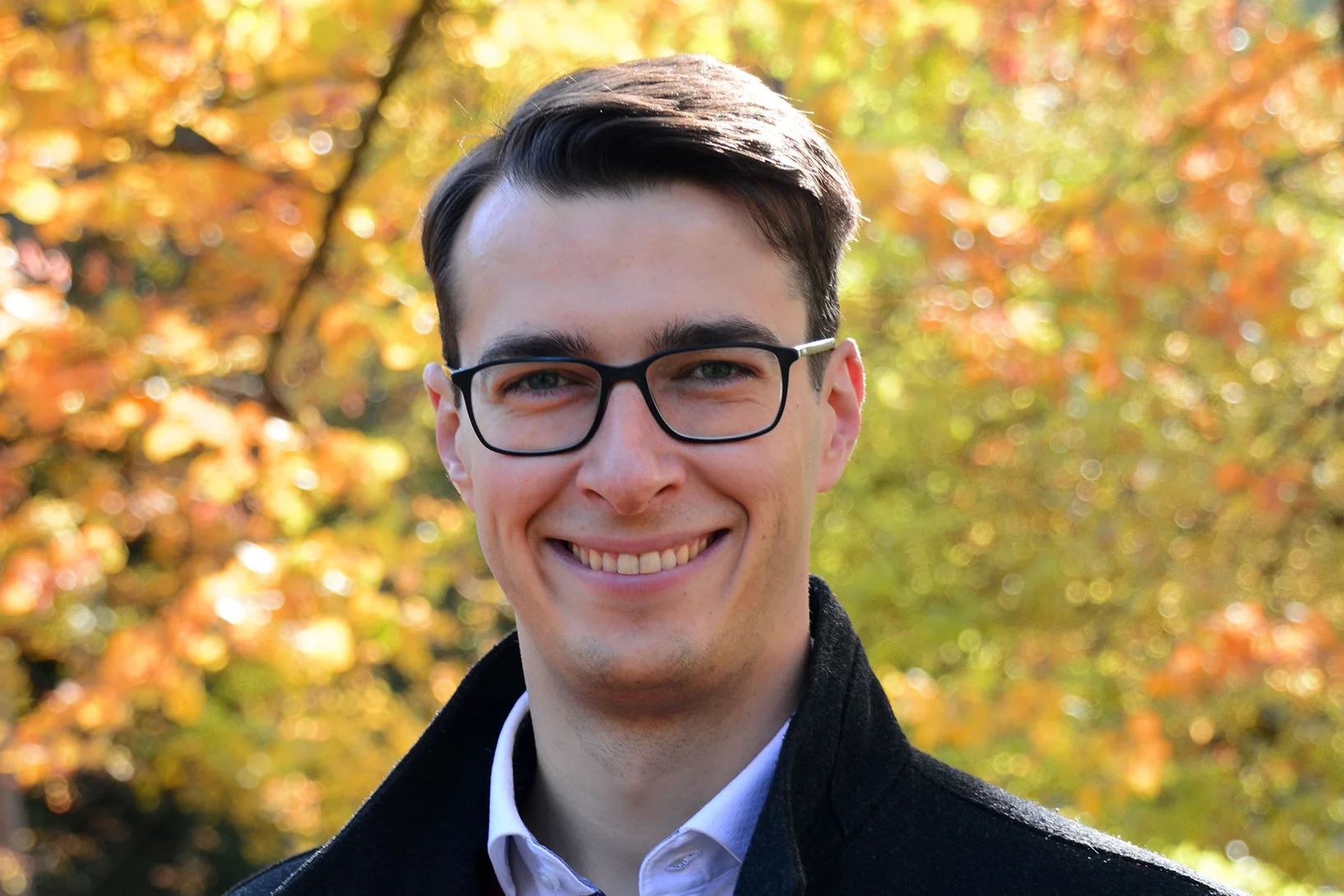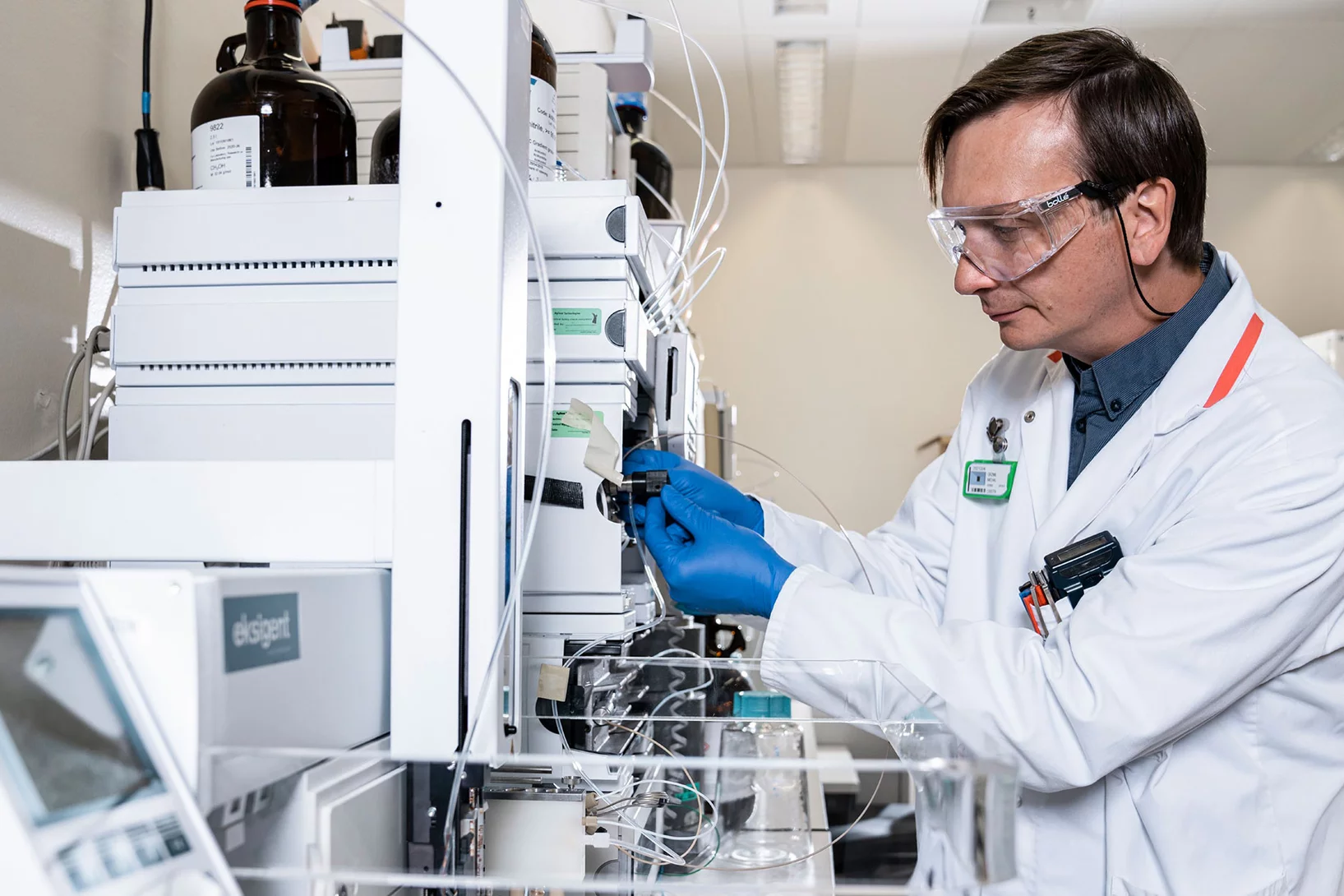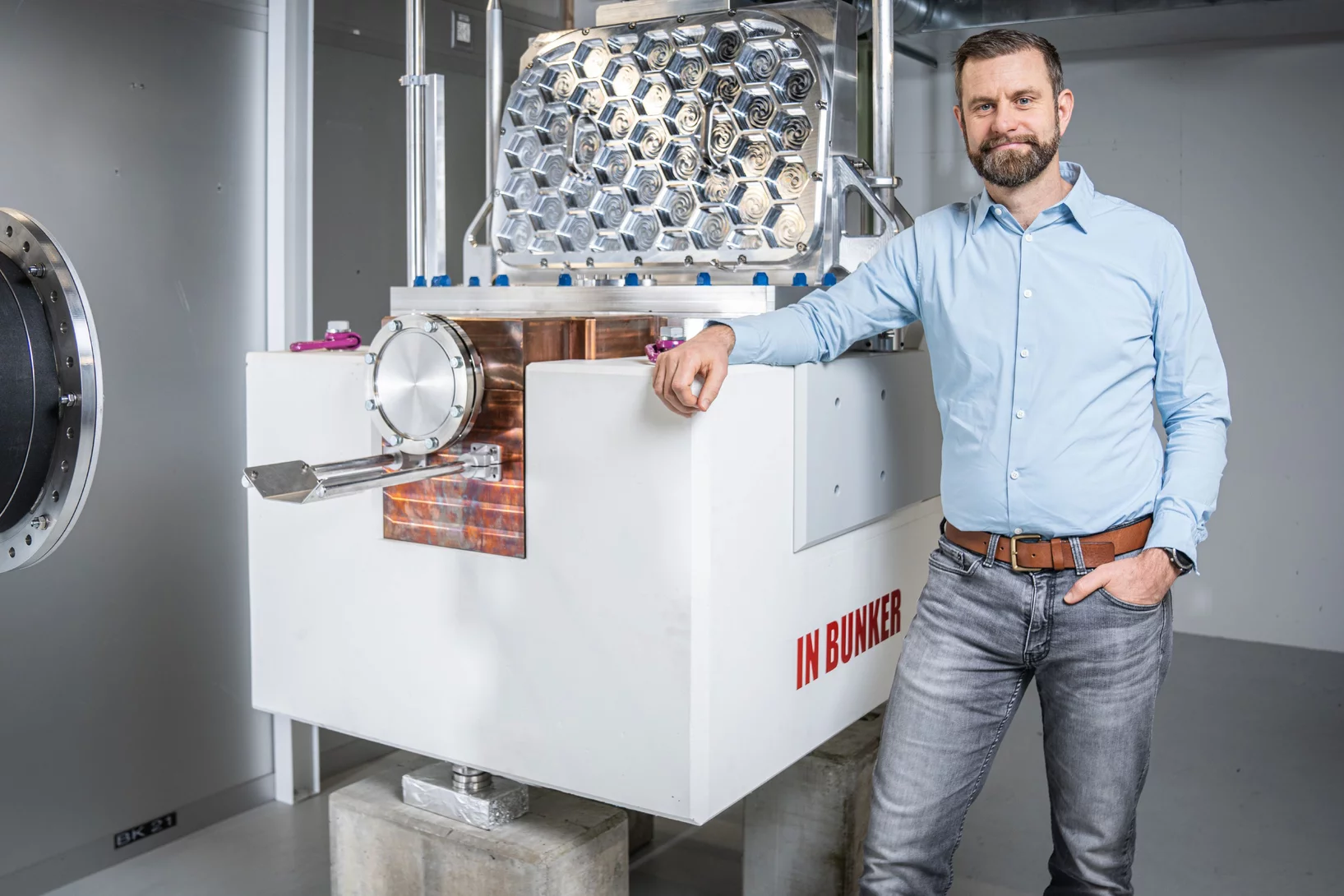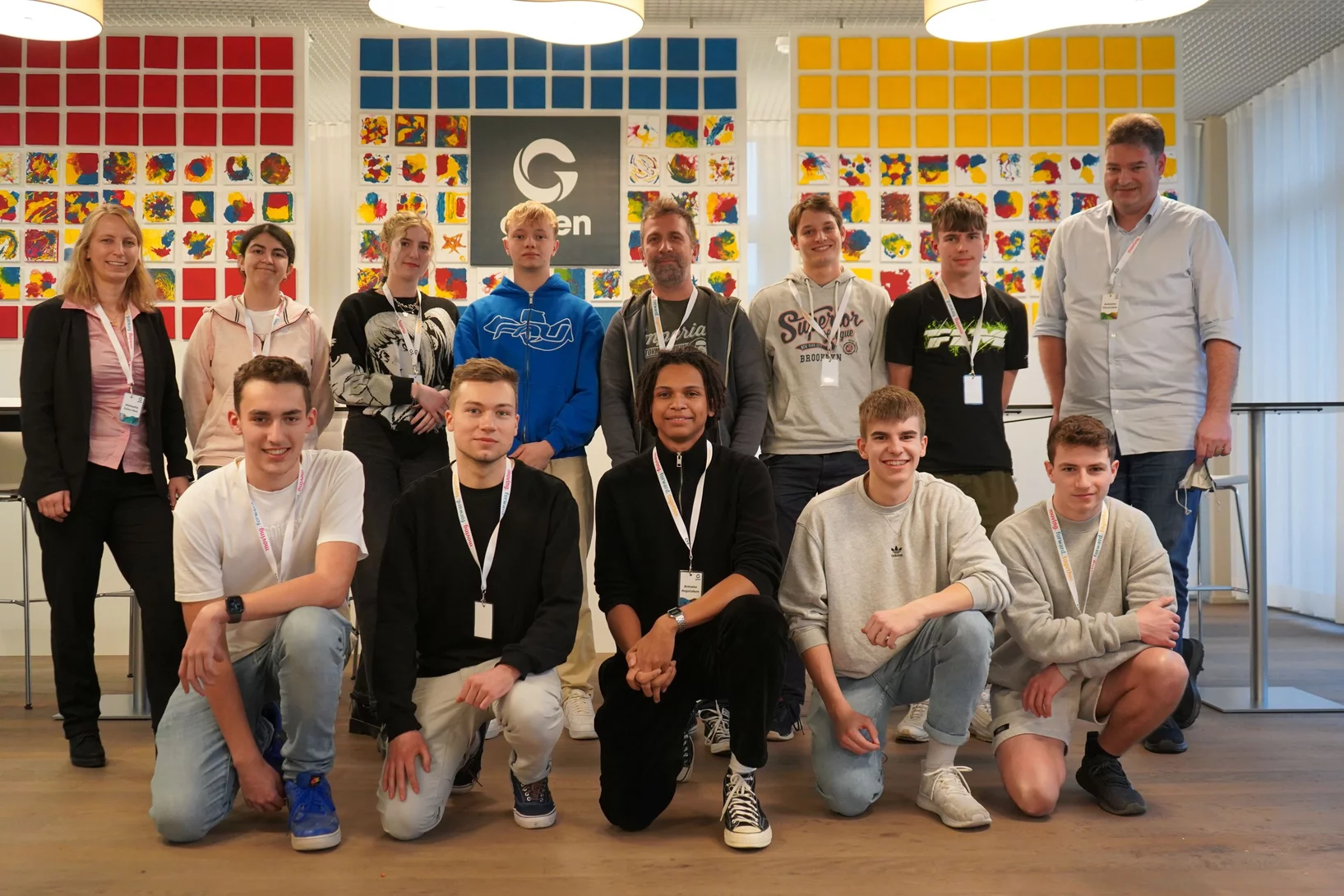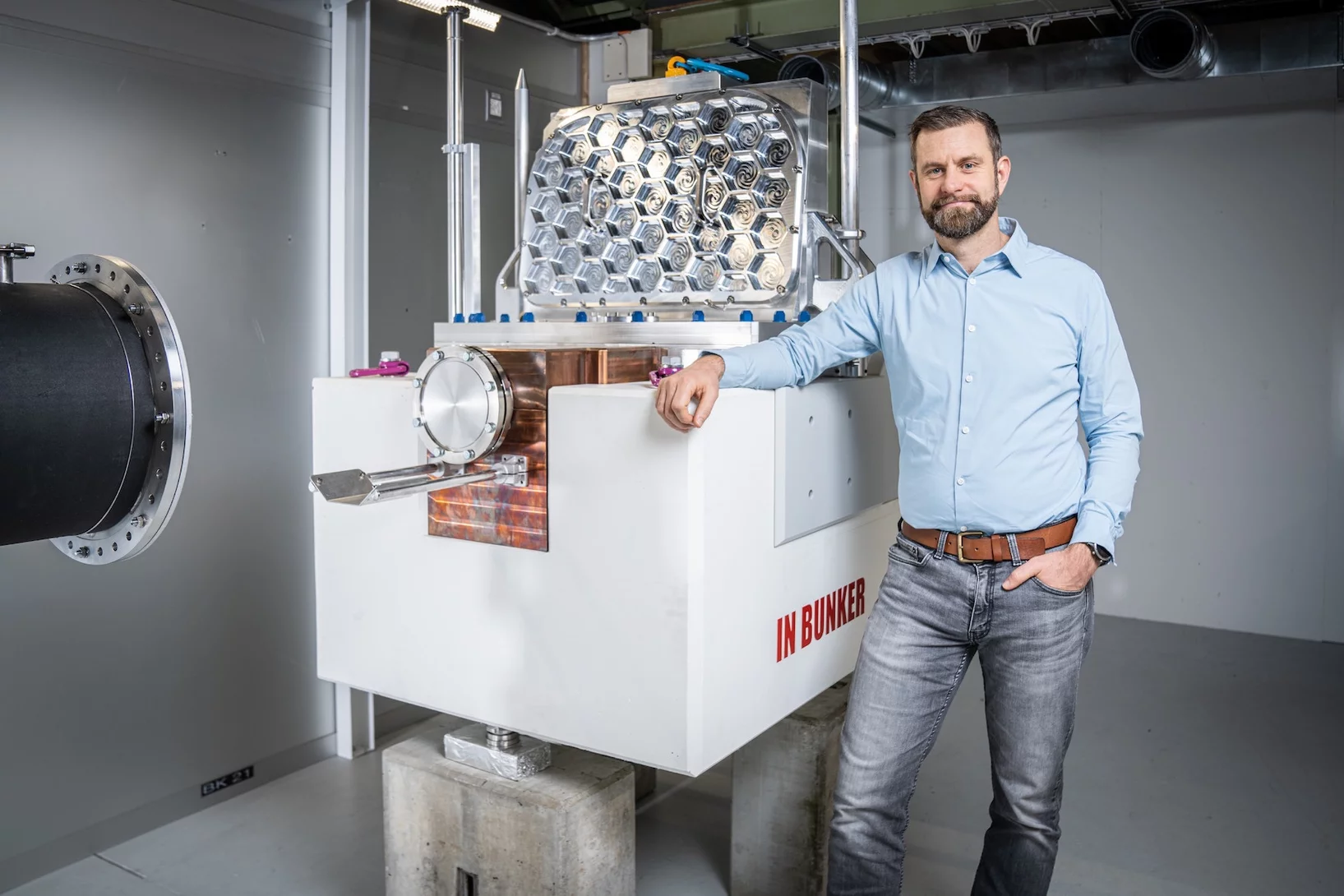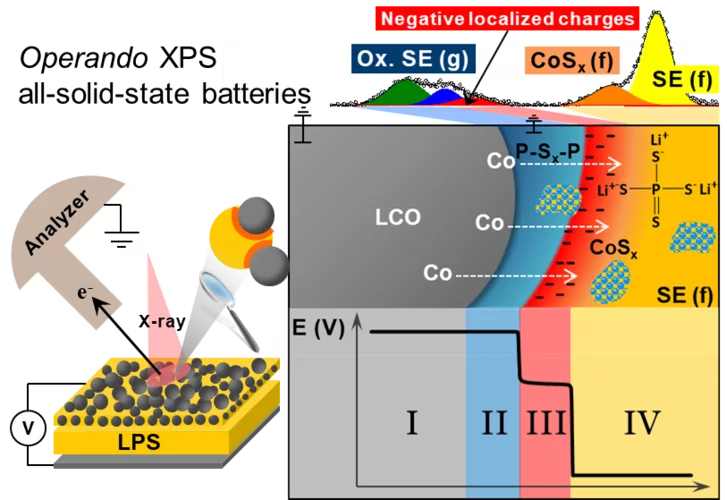SμS Call 2022/1 informations
The results of the evaluation of the SμS Call 2022/1 and the beam time schedule will be published mid of March 2022. Resume of HIPA user operation is scheduled to May 2nd, 2022.
Understanding variant selection and texture in additively manufactured red-gold alloys
Synchrotron X-ray diffraction experiments reveal the presence of a non- negligible amount of tetragonal phase in 3D printed red-gold samples.
Millionenförderung für Hirn- und Quantenforschung
Der Europäische Forschungsrat bewilligt PSI-Projekte zur Entwicklung eines Quantencomputers und zur Hirnforschung in Höhe von 5 Millionen Euro.
Forschung für die Halbleiterelektronik
Forschende des PSI haben zusammen mit Forschenden der der Universität Cornell im US-Bundesstaat New York haben ein Verbundmaterial identifiziert, das Quantenbauelemente in die Halbleitertechnologie integrieren und damit elektronische Bauteile deutlich leistungsstärker machen könnte. Zu den derzeit wichtigsten Herausforderungen in der Halbleiterelektronik gehören Verbesserungen, die die Bandbreite der Datenübertragung, die Energieeffizienz und die Informationssicherheit erhöhen würden. Die Einbeziehung von Quanteneffekten könnte für einen neuen Durchbruch sorgen und richtungsweisend für die Halbleiterindustrie sein.
Confirming the trilinear form of the optical magnetoelectric effect in the polar honeycomb antiferromagnet Co2Mo3O8
Magnetoelectric phenomena are intimately linked to relativistic effects and also require the material to break spatial inversion symmetry and time-reversal invariance. Magnetoelectric coupling can substantially affect light–matter interaction and lead to non-reciprocal light propagation. Here, we confirm on a fully experimental basis, without invoking either symmetry-based or material-specific assumptions, that the optical magnetoelectric effect in materials with non-parallel magnetization (M) and electric polarization (P) generates a trilinear term in the refractive index...
LAC scientists awarded Mariolopoulos Trust Fund Award 2022
The paper "Sources of particulate-matter air pollution and its oxidative potential in Europe" published in Nature by Kaspar Dällenbach and his team at the LAC has won the 2022 Mariolopoulos Trust Fund Award, along with another paper in the field of atmospheric environment.
Precision Measurement of the Lamb Shift in Muonium
We report a new measurement of the n=2 Lamb shift in Muonium. Our result of 1047.2(2.3)stat(1.1)syst MHz comprises an order of magnitude improvement upon the previous best measurement. This value matches ...
Mehr Einblick in den Sehsinn
PSI-Forschende haben die Struktur eines wichtigen Bestandteils im Auge aufgeklärt: Der Ionenkanal CNG sorgt dafür, dass das Sehsignal ins Gehirn weitergeleitet werden kann.
Marie-Christine Zdora joins the X-ray Tomography Group
The X-ray Tomography group welcomes Marie-Christine Zdora as a new member. In her role as translational X-ray imaging adjunct scientist, Marie will mainly work on phase-contrast and dark-field imaging focusing on the further development of these techniques towards their clinical translation. Before joining TOMCAT, Marie was a postdoc in the X-ray optics and applications group at the Laboratory for Micro- and Nanotechnology (LMN) at PSI, where she worked on the development of new X-ray optics as well as X-ray wavefront sensing. Prior to this position, she was a research fellow at the University of Southampton in the UK, where she made advances in X-ray speckle-based imaging using synchrotron and lab sources.
Reduced capacity PSI guesthouse
There will be some substantial renovation work be going on in the PSI guesthouse until middle of March, which causes a significantly smaller capacity mainly in January and February.
Welcome Fabio Peixoto Esteves
A new colleague, Mr. Fabio Peixoto, started on January 1, 2022 as a PhD student in the van Bokhoven group under Marco Ranocchiari's supervision.
Was Protonen möglich machen
Diese Galerie stellt fünf Personen vor, die am Zentrum für Protonentherapie des PSI behandelt wurden.
High-performance detector for DMC enters hot commissioning phase
The cold neutron diffractometer DMC at SINQ is currently undergoing major upgrades. After the recent replacement of the cold neutron guide as part of the SINQ upgrade program, the installation of the new high-performance 2D position-sensitive detector successfully entered the hot commissioning phase.
Halbleiter erreichen die Quantenwelt
Mit einem Supraleiter aufgemotzt: Die Halbleitertechnologie könnte eine neue Wendung erhalten, indem Quanteneffekte in Supraleitern ausgenutzt werden.
Effektiv kombinierte Tumortherapie
Forschende des Paul Scherrer Instituts PSI haben verschiedene Verfahren zur Bekämpfung bestimmter Krebsarten auf ihre Effektivität überprüft. Die Kombination aus zwei Präparaten zeigte dabei eine deutlich bessere Wirkung als die Behandlung mit nur einem der beiden Wirkstoffe. Vor allem für die Behandulng von modulären Schilddrüsenkarzinome ist dies von Bedeutung. Wenn sich die bisherigen Ergebnisse in zukünftigen Studien bestätigen, könnte diese Therapie in einigen Jahren der Allgemeinheit zur Verfügung stehen.
3D printed nanomagnets unveil a world of patterns in the magnetic field
Scientists have used state-of-the-art 3D printing and microscopy to provide a new glimpse of what happens when taking magnets to three-dimensions on the nanoscale – 1000 times smaller than a human hair.
Terbium Triumph
Bench-to-bedside successes: Fruitful collaborations at PSI’s Center for Radiopharmaceutical Sciences make bringing Terbium-161 to the clinic a reality.
KSB und PSI gehen in der Forschung gemeinsame Wege
Das Kantonsspital Baden und das Paul Scherrer Institut PSI haben einen Kooperationsvertrag unterzeichnet.
Deep learning based classification of dynamic processes in time-resolved X-ray tomographic microscopy
Time-resolved X-ray tomographic microscopy provides new opportunities in the volumetric investigation of dynamic processes. Full exploitation of these new capabilities is currently still hindered by the lack of efficient post-processing approaches capable of handling TBs of noisy datasets. A deep learning based reconstruction and classification algorithm designed to reconstruct and segment dynamic processes within a static matrix with high efficiency is a solution to this issue. In a paper published recently in Scientific Reports, we demonstrate the advantages of the proposed approach on dynamic, time-resolved fuel cell data, for which the current data post-processing pipeline heavily relies on manual labor, typically limiting the experimental plans to just a small range of the full parameter space.
Priority access call for work on combating COVID-19 continues
On January 30th, 2020, the WHO declared the recent outbreak of coronavirus disease 2019 (COVID-19), a public health emergency of international concern. It declared that there is an urgent need to improve our understanding of the newly identified virus and its possible future evolution as well as to contain the spread; to develop precise diagnostics and treatment, and to improve the public health response and patient care.
The COVID priority access call continues and is still open in 2022.
Signatures of Weyl Fermion Annihilation in a Correlated Kagome Magnet
The manipulation of topological states in quantum matter is an essential pursuit of fundamental physics and next-generation quantum technology. Here we report the magnetic manipulation of Weyl fermions in the kagome spin-orbit semimetal Co3Sn2S2, observed by high-resolution photoemission spectroscopy. We demonstrate the exchange collapse of spin-orbit-gapped ferromagnetic Weyl loops into paramagnetic Dirac loops under suppression of the magnetic order.
Biased signalling for better drugs
A dream drug would provide a targeted therapeutic effect without side effects. Biased signalling could make this a reality. Publishing in PNAS, PSI researchers present a platform for biased signalling-based drug discovery.
Fingerprint of Copper in Peptides Linked to Alzheimer's Disease
In an interdisciplinary project, researchers from the Laboratory of Nanoscale Biology in BIO and the Laboratory for Condensed Matter in PSD have revealed the reaction between the nitrogen atoms of the amyloid-beta peptide and copper/zinc ions by using soft X-ray absorption spectroscopy.
"I could not imagine a better place to have done a PhD"
Bernhard Pribyl-Kranewitter, former PhD student at the Energy and Environment Division, shares with us a glimpse of his time at the Paul Scherrer Institute and where his path has led him. Currently, he works as a senior consultant at Kearney.
Effektive kombinierte Tumortherapie
Zwei gemeinsam eingesetzte Präparate verringern das Wachstum von Krebsgewebe.
Das schärfste Neutronenmikroskop der Welt
PSI-Forschende helfen beim Aufbau der Europäischen Spallationsquelle ESS.
Mehrwert in der IT-Ausbildung
Green, einer der führenden Schweizer Anbieter für digitale Services im Bereich Datacenter und Cloud, und das Paul Scherrer Institut PSI, das grösste Forschungsinstitut für Natur- und Ingenieurwissenschaften in der Schweiz, ermöglichen den IT-Lernenden, die besonderen Anforderungen des jeweils anderen Betriebs zu verstehen. Damit erweitern die IT-Lernenden ihr Spektrum und erhalten Einblick in die Wissenschaft respektive Wirtschaft. Im Rahmen dieses Pilotprojekts finden gegenseitige Besuchstage statt. In einer ersten Phase trafen sich 15 IT-Lernende zu jeweils zwei Praxistagen, erstmals am 16. November 2021 bei Green und am 19. November 2021 beim PSI.
Die Lernenden des Gastbetriebes erstellen ein attraktives Tagesprogramm mit Lerninhalten und begleiten dieses. Diese Praxistage sollen die Attraktivität der Ausbildung untermauern und den Austausch fördern.
The world’s most powerful neutron microscope
Researchers from the Paul Scherrer Institute PSI in Villigen have delivered a key component for the ESTIA reflectometer at the European Spallation Source ESS based in Lund, Sweden. When it comes into service in 2026, ESS will be the world’s most powerful neutron source. Switzerland is making a vital contribution to the project. Scientists from across the globe will use ESS instruments to study processes and structures on the atomic scale, advancing materials research to a new level.
Reactivity and potential profile across the electrified LiCoO2-Li3PS4 interface probed by operando X-ray photoelectron spectroscopy
All-solid-state lithium batteries are a promising alternative for next generation of safe energy storage devices, provided that parasitic side reactions and the resulting hindrances in ionic transport at the electrolyte-electrode interface can be overcome. Motivated by the need for a fundamental understanding of such interface, we present here real-time measurements of the (electro-)chemical reactivity and local surface potential at the electrified interface Li3PS4 and LiCoO2 using operando X-ray photoelectron spectroscopy.
PSI’s contribution to COVID-19 detection
One breath is all it takes to detect the COVID-19 infections using a new method developed by the Centre National de Recherche Scientifique (CNRS) in collaboration with the Paul Scherrer Institute.

